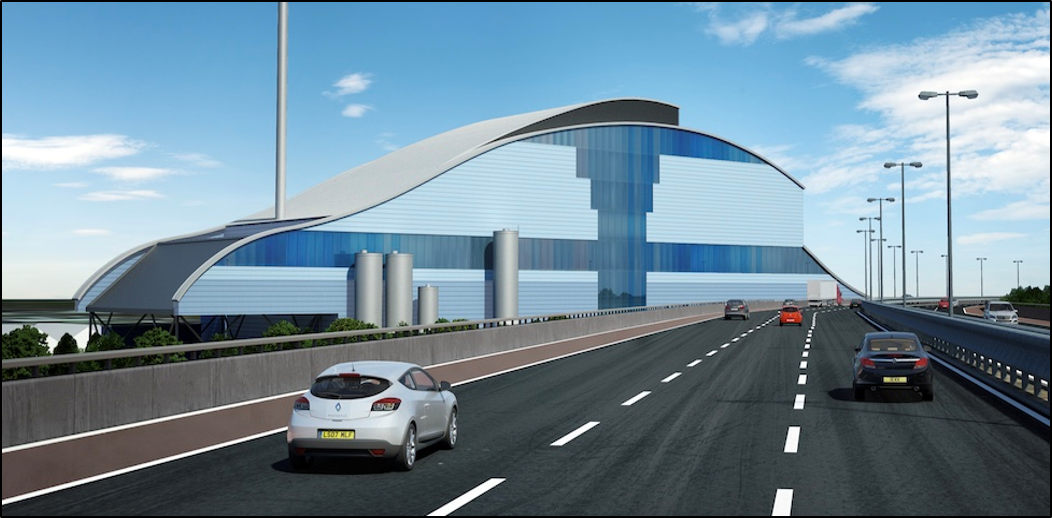Recovering Energy from Was
Reduce, reuse, recycle – we’re all familiar with the steps we must take to reduce the harmful effects of our throwaway culture and do our bit to conserve the earth’s finite resources. In short, we must all do our bit to make products last longer and recover materials or other benefits from them when they can no longer be used
However, there is also a key and often unheard of fourth ‘R’ – Recovery – which plays an important part of a lower carbon circular economy model. Waste to energy enables energy recovery from non-recyclable waste destined for landfill – offering a steady, controllable, lower-carbon electricity supply similar to geothermal, tidal and nuclear.
In an ideal world, all waste would be prevented. However, for a range of economic, social and practical reasons this simply does not happen today. A combination of approaches, from reusing to recycling is used to reduce overall waste. However, what can’t be recycled or reused, must either go to energy recovery facilities or landfill. Therefore, not only does generating energy from waste help to divert large sums of waste away from landfill but it provides local homes and businesses with electricity and/or heat.
Modern, well-run waste to energy facilities have many environmental and sustainability benefits including helping to reduce greenhouse gas emissions and improving the UK’s energy security.
Waste to Energy technology can help to bridge the gap between renewable and non-renewable energy and ensuring we have a diversified energy mix.
How does waste to energy typically work?
Put simply, residual waste destined for landfill – the stuff left over after the recycling process – is converted into energy through the following process:
- Step 1 – Feedstock sorting: non-recyclable waste is sorted for suitable energy recovery material for waste fuel or feedstock.
- Step 2 – Steam Generation: waste fuel is combusted in a controlled environment at temperatures no less than 850°C to produce hot flue gas to heat water in the boiler. This process creates high-pressure steam.
- Step 3 – Electricity Generation: the steam is de-pressurised through a turbine generator set to produce electricity. The steam turns the turbine rotor activating the generator and producing electricity which travels through a transformer and into the local electricity distribution network. It may also be possible to provide low-grade heat to nearby businesses to maximise energy efficiency.
- Step 4 – Flue Gas Cleaning: flue gas treatment removes pollutants from the combustion gases before they are emitted from the chimney stack. Flue gas emissions are continuously monitored for compliance with strict environmental permit standards before release.
- Step 5 – Energy Consumption by Homes and Businesses: electricity generated by the W2E plant is distributed to the local energy network to be used by homes, schools, businesses and industry.
Why not send everything to landfill instead?
It is estimated that every year, a person in the UK produces 409kg of waste – roughly the weight of four adult giant pandas! Of that, the Government estimates that 45% is recycled and 24% is sent to landfill. To put that into context, nearly 100kg of waste a UK adult produces every year is sent to landfill. When you consider the UK’s population is roughly 68 million, it means every year we send an estimated 6.8 million tonnes of waste to landfill every year!
This waste takes hundreds of years to degrade and generates harmful methane and CO₂ greenhouse gases. Methane emissions from landfill are currently responsible for UK’s total emissions3.
What does the future hold for waste to energy?
As long as we continue to produce waste that cannot be recycled, modern waste to energy technology provides a safe, energy-efficient alternative to landfill. Take the facility we run in West Brom in partnership with two key industry partners, for instance – 395,000 tonnes of non-recyclable waste will be diverted away from landfill and used to produce the electricity needs of 70,000 homes! Each tonne diverted from landfill to generate energy from waste also saves 200kg of CO2.
Moreover, waste to energy is a proven technology complementing high recycling rates in Germany, Belgium, the Netherlands, Switzerland and Austria who recycle more than 50% of their waste and recover energy from the rest.
It is estimated that even with higher recycling rates in the UK, we may still need up to an additional 6M tonnes of waste to energy capacity by 2030. Low Carbon is pleased to play its part helping to build UK waste to energy capacity and a lower carbon energy future.

